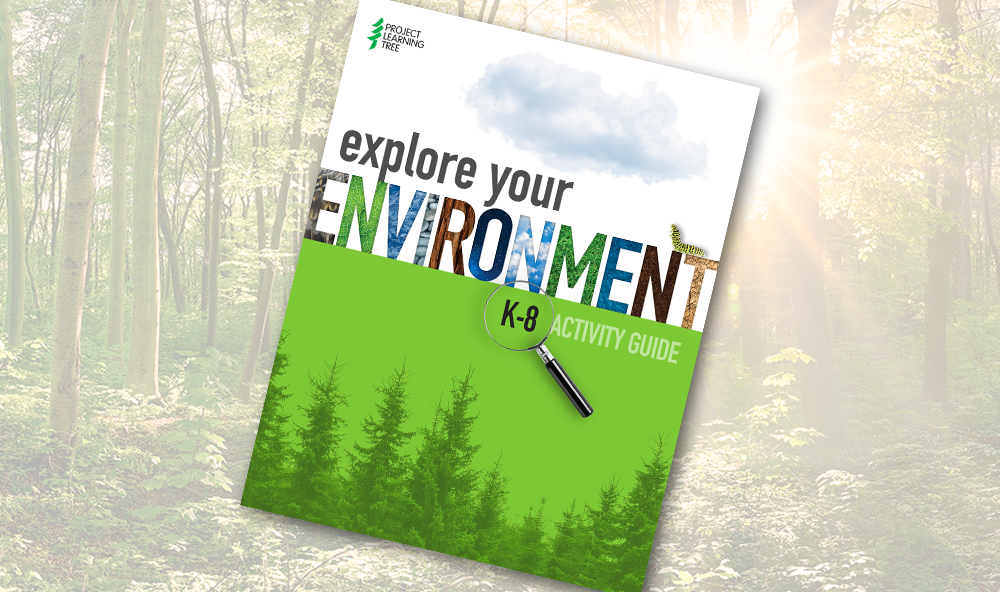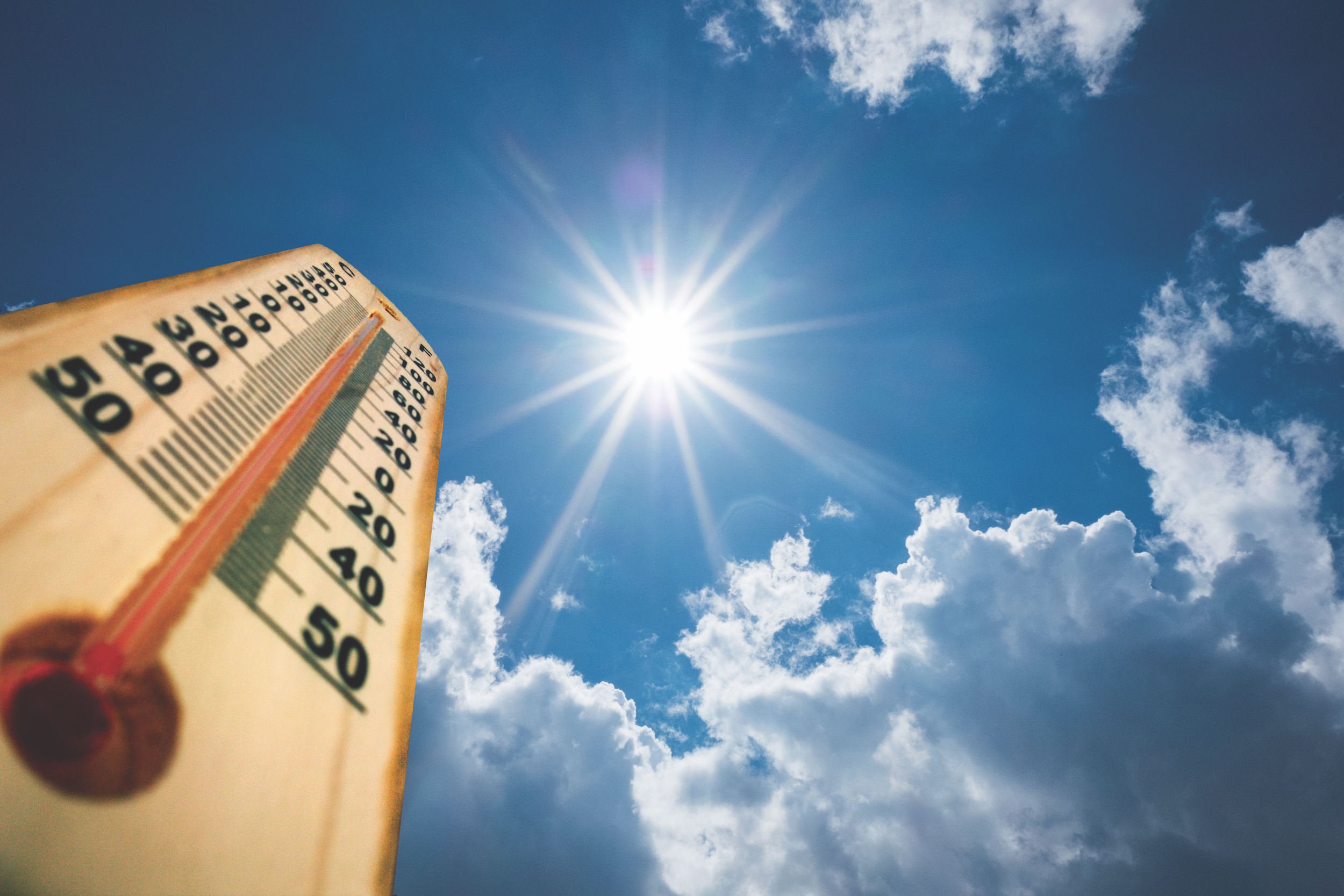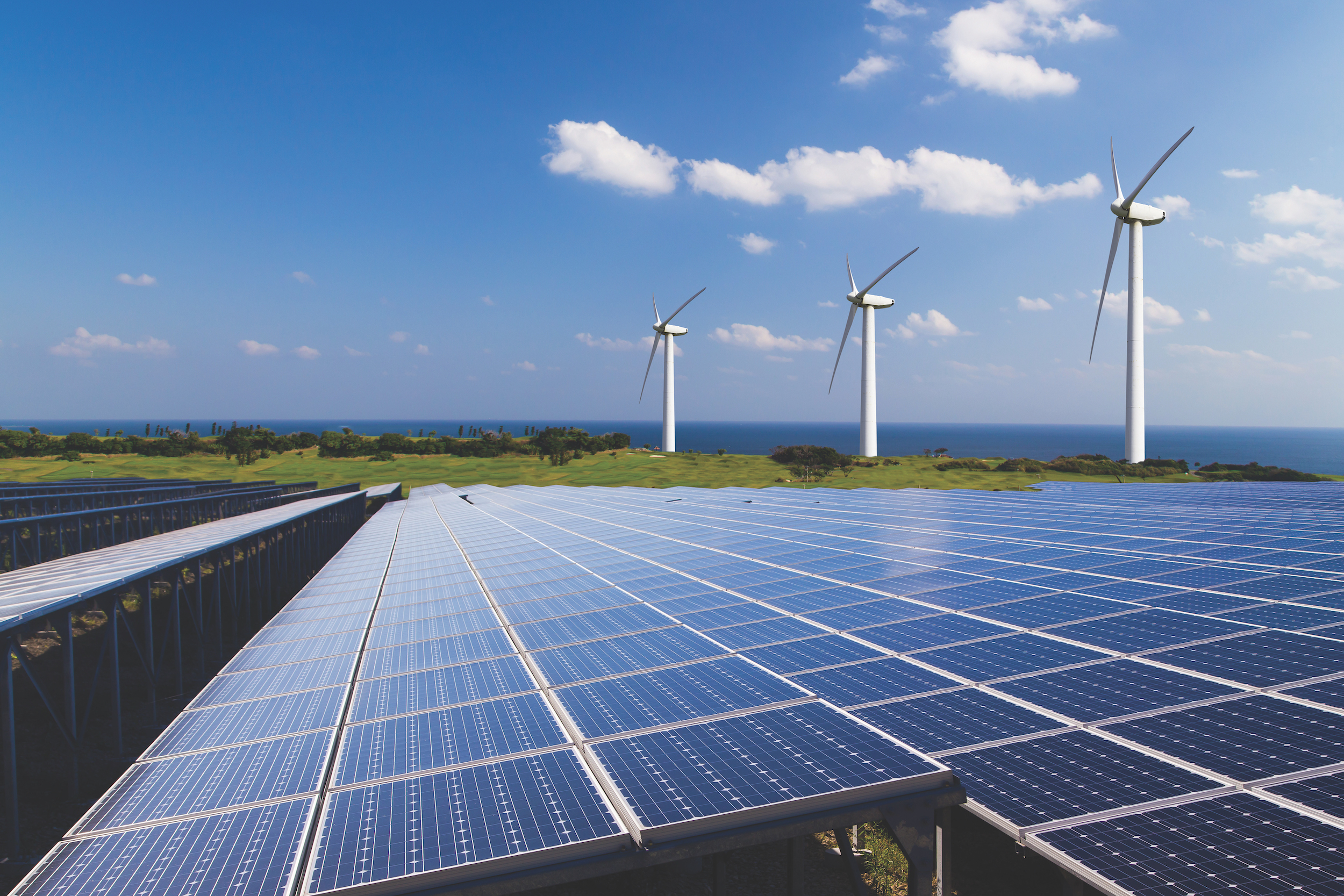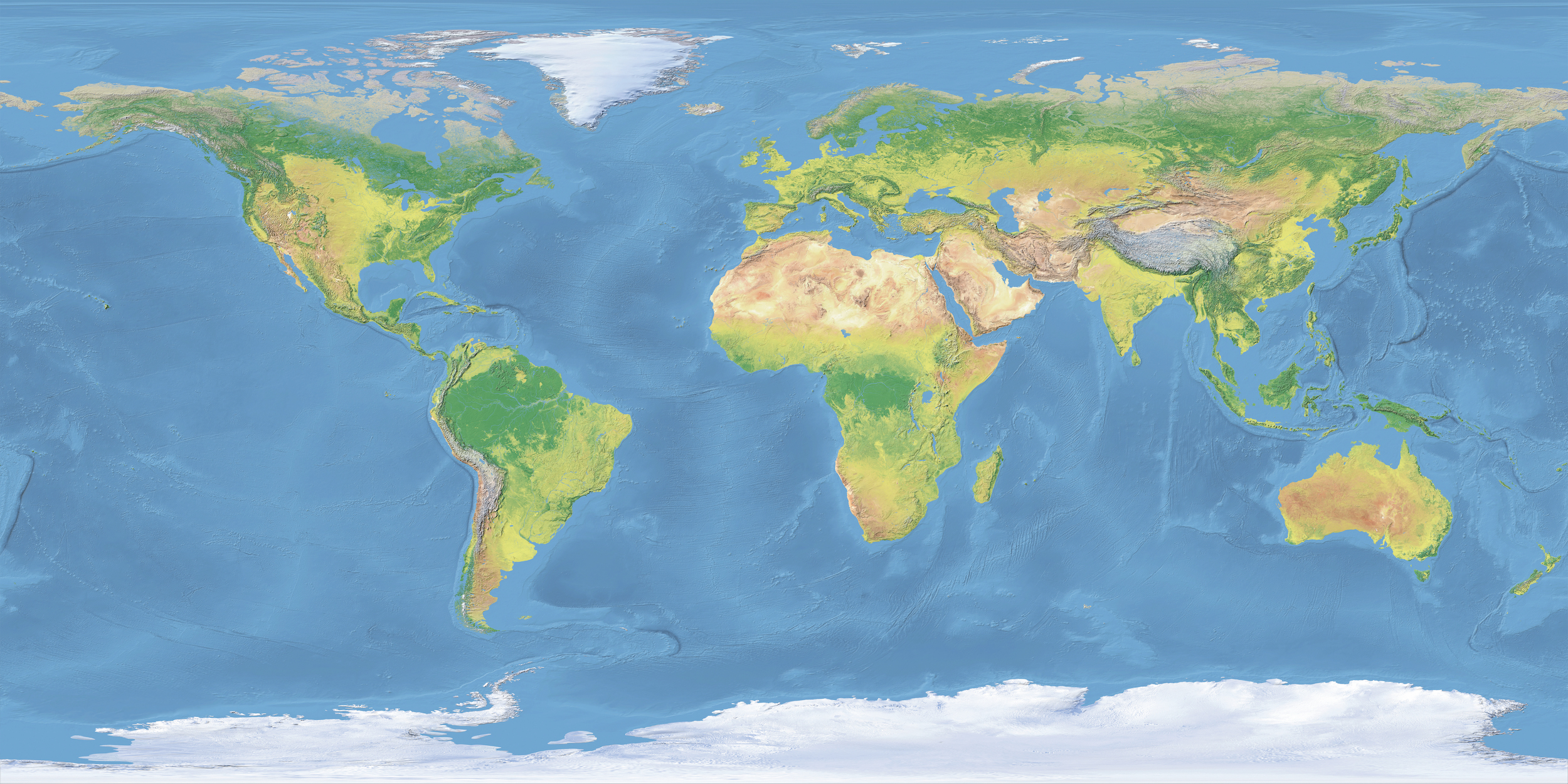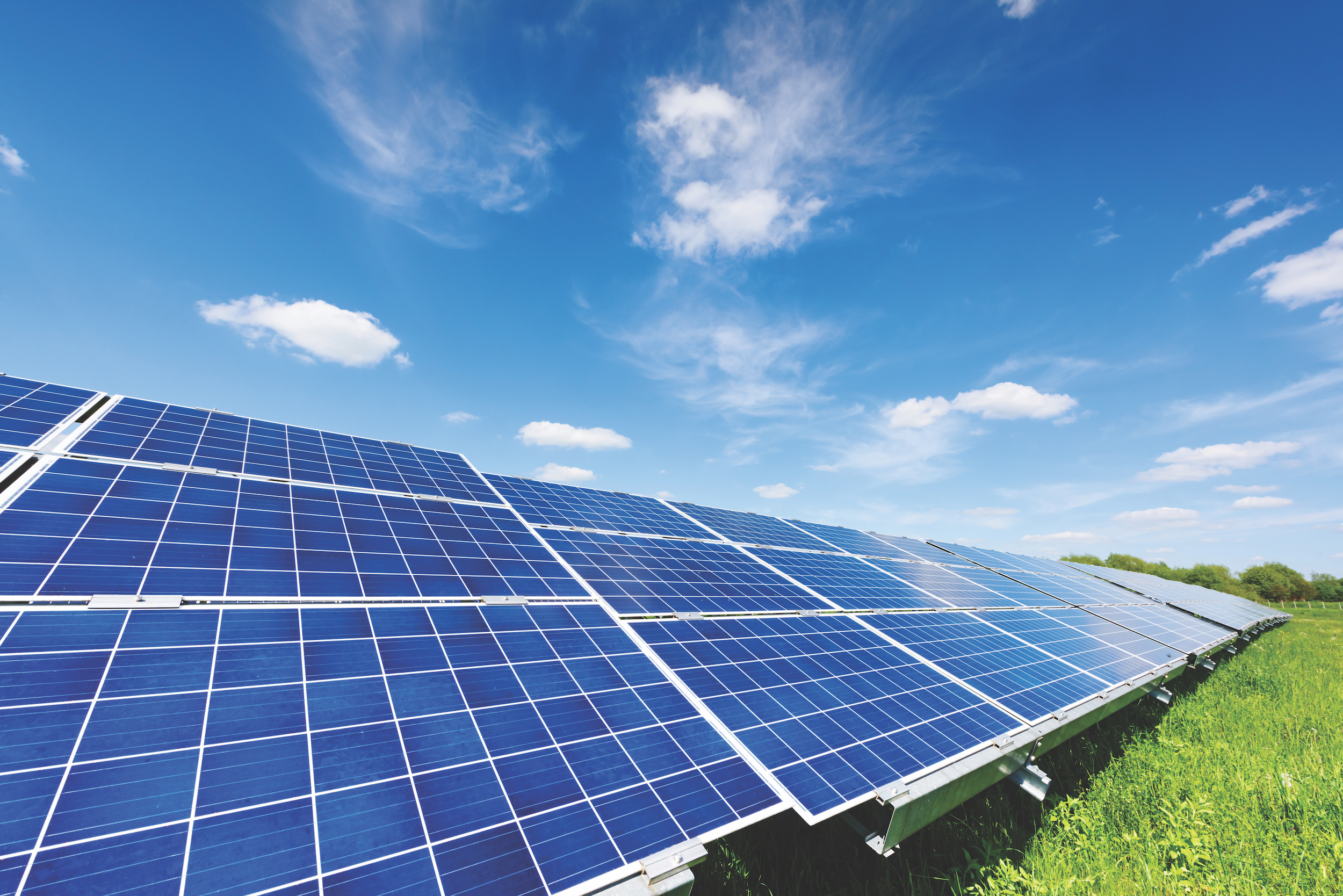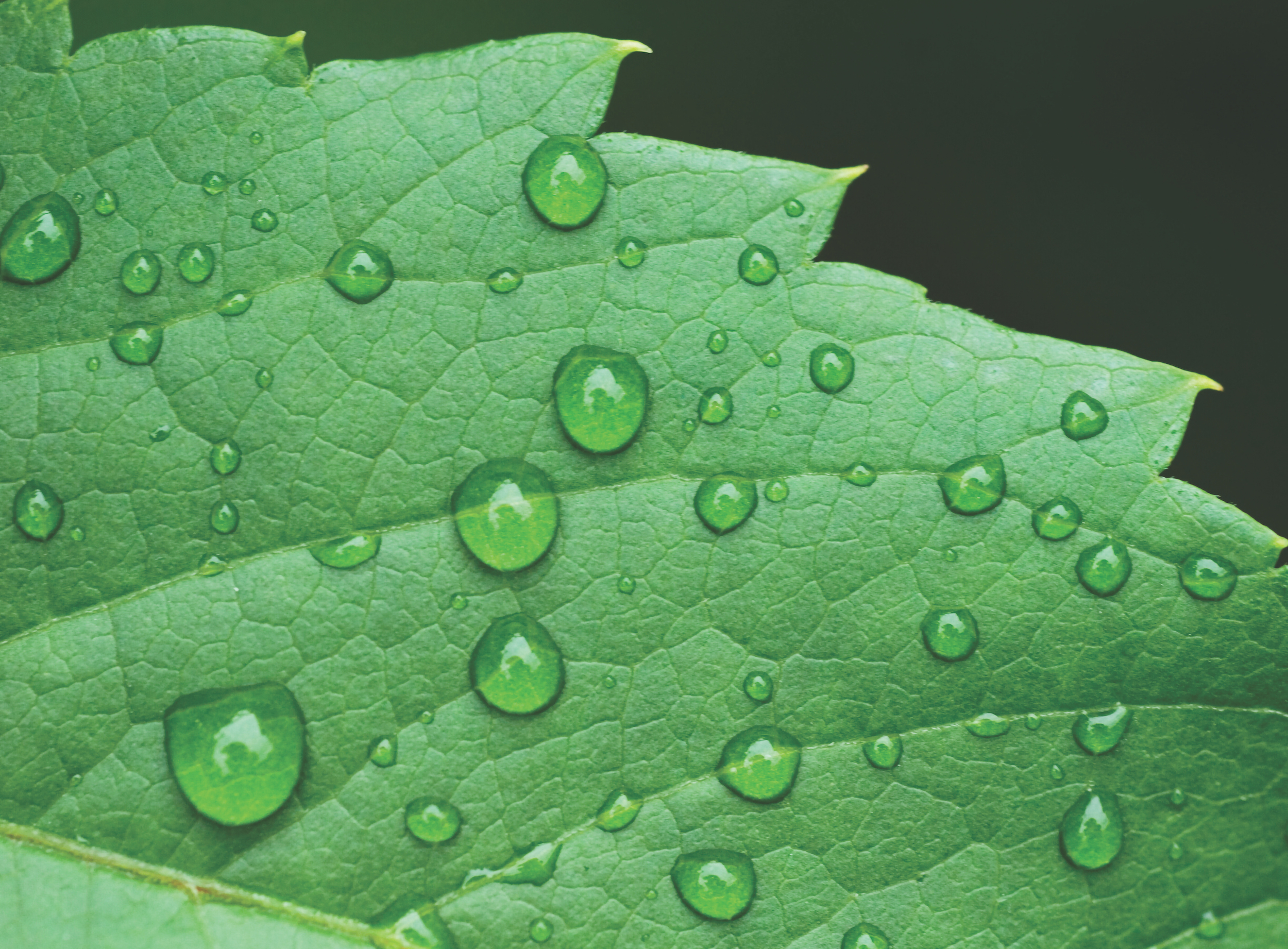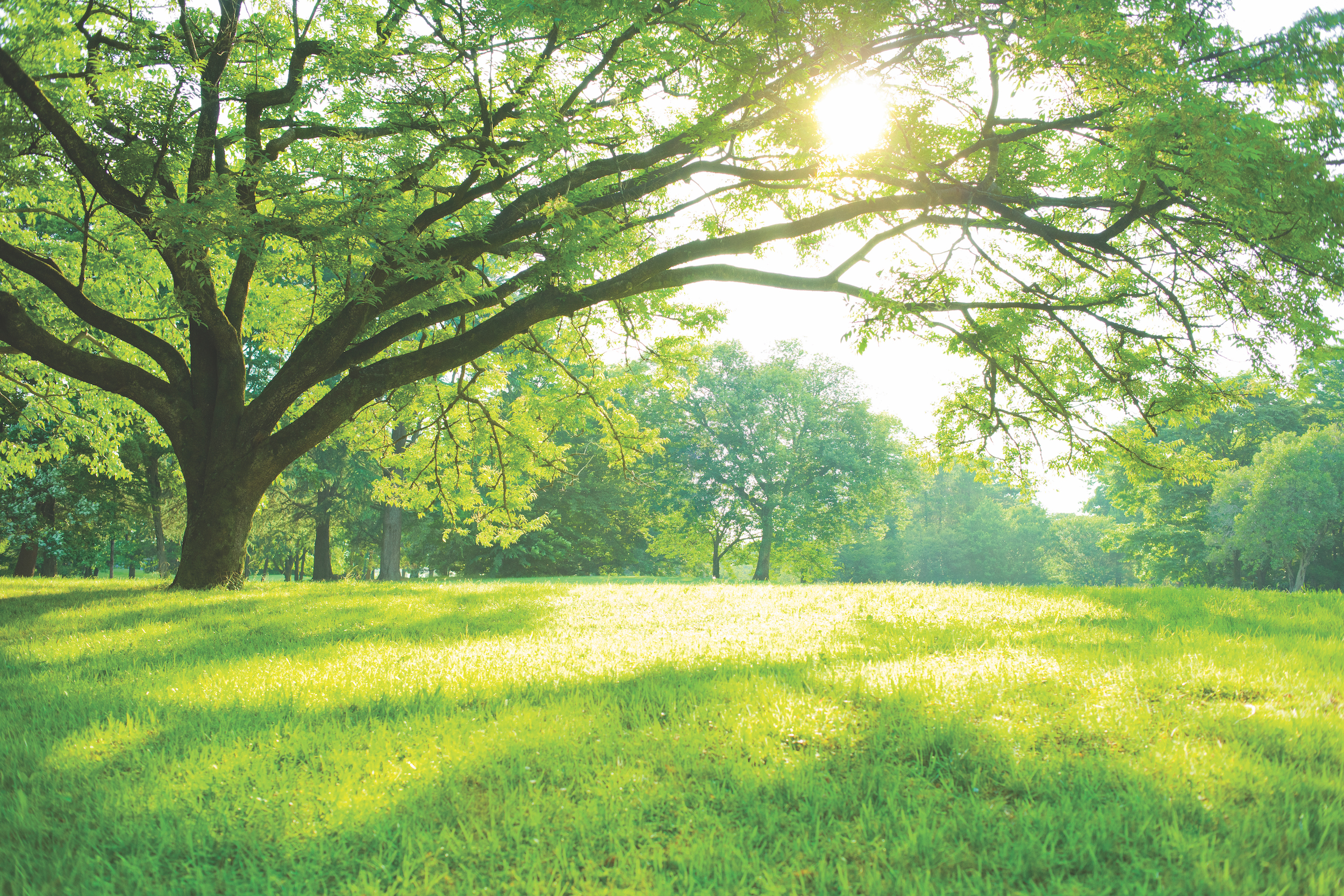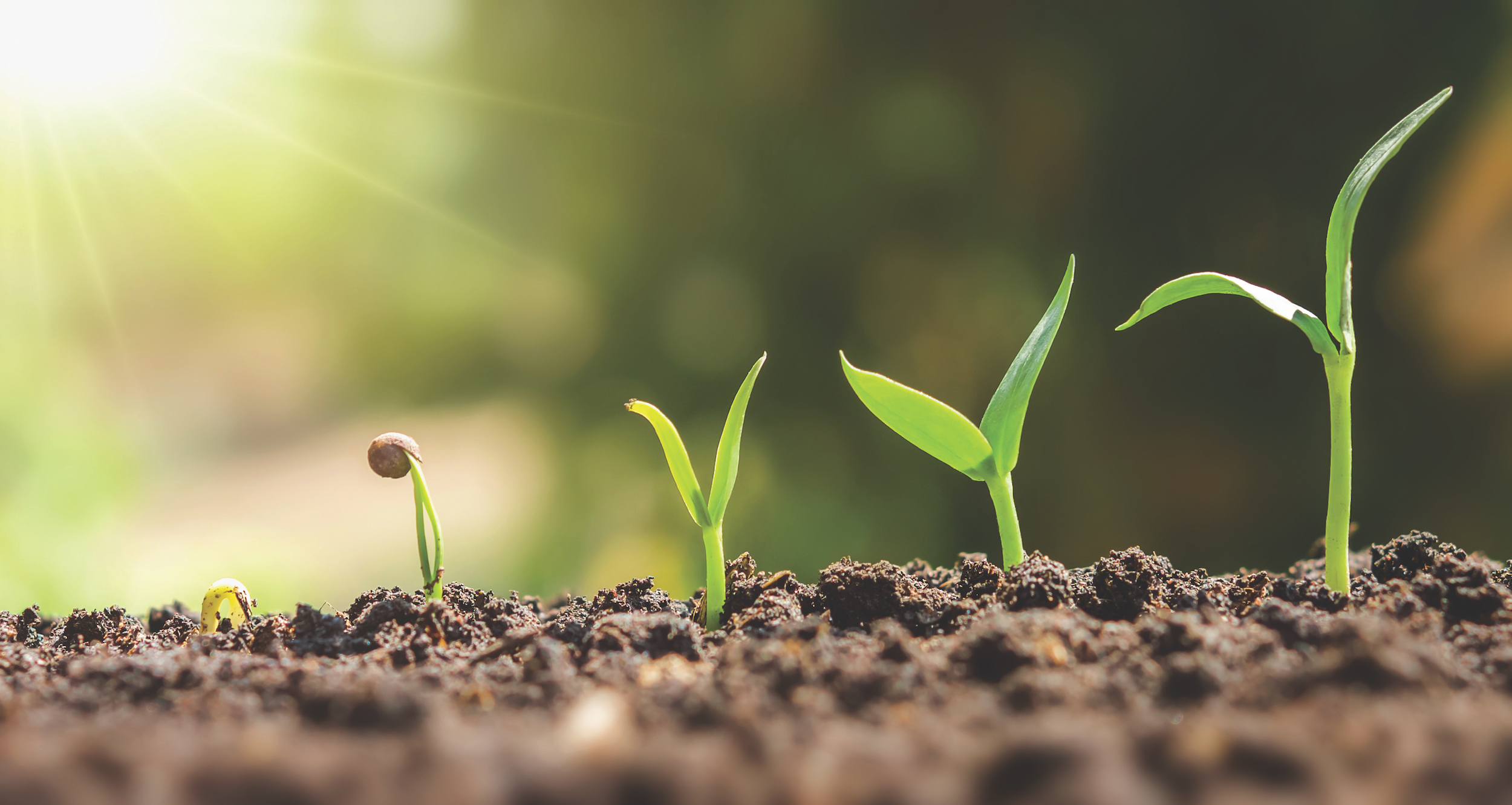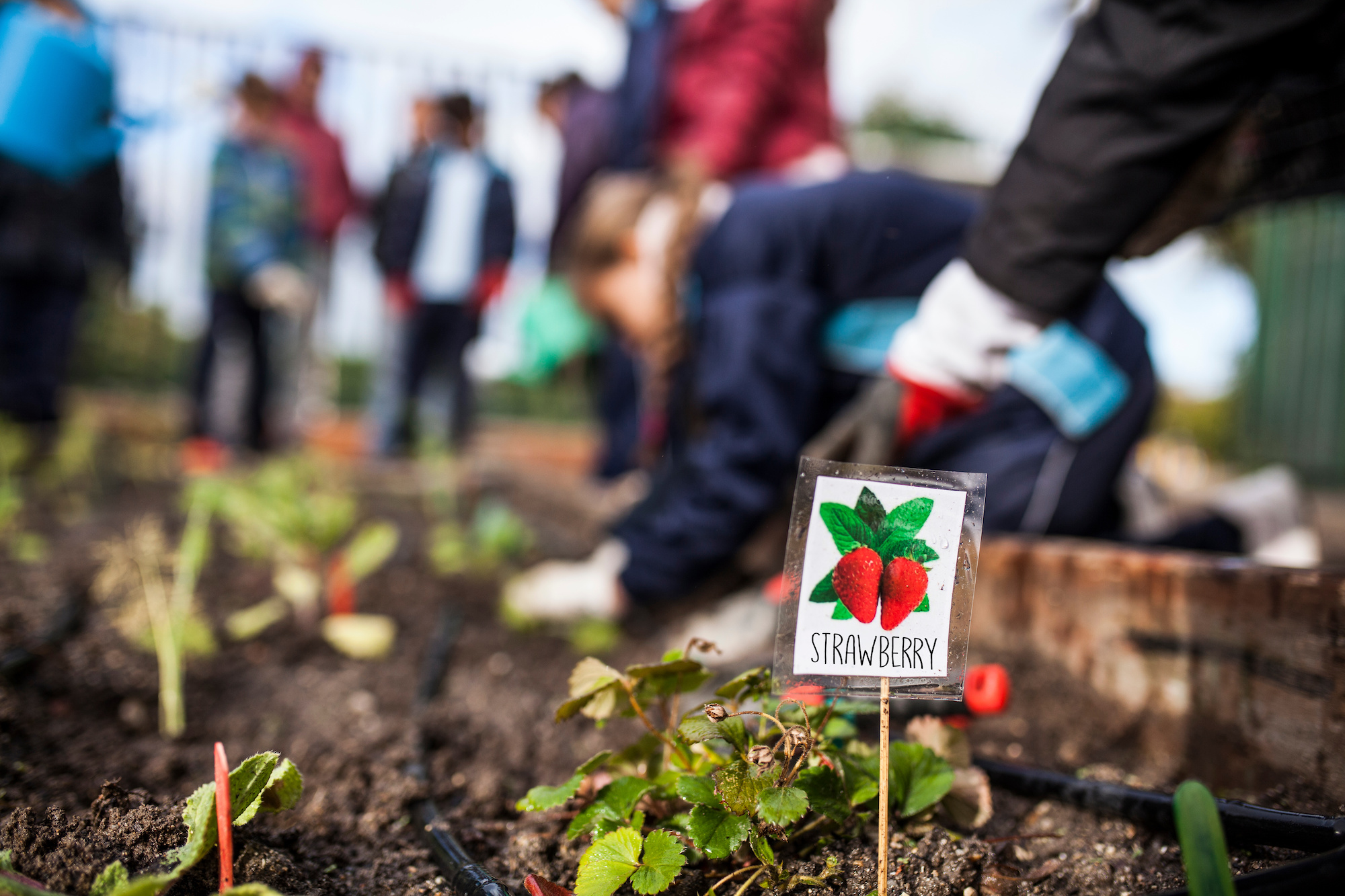December 28, 2020 | By Project Learning Tree
Using data collected from Mauna Loa, students graph changes in atmospheric levels of carbon dioxide (CO2) over the course of several decades and identify possible reasons for those changes.
December 28, 2020 | By Project Learning Tree
Students model what happens to renewable and nonrenewable resources over time and discover why sustainable use of natural resources is so important.
December 28, 2020 | By Project Learning Tree
Students gain an appreciation for how many natural resources they depend on in their day-to-day lives. By tracing the resources that go into making one item, students learn how its manufacturing can have an impact on the environment.
December 28, 2020 | By Project Learning Tree
The energy we use at home, school, or work enhances our lives, but it also often contributes to air and water pollution, wildlife and habitat loss, and climate change.
December 28, 2020 | By Project Learning Tree
The water cycle is the system by which Earth’s water is collected, purified, and distributed from the environment to living things and then returned to the environment.
December 28, 2020 | By Project Learning Tree
By modeling the parts of a tree and creating a “tree factory,” students will learn about the structure of a tree.
December 28, 2020 | By Project Learning Tree
This fun and active modeling simulation reviews the conditions that trees need to live and grow, while also demonstrating that trees must compete to meet their needs.
December 28, 2020 | By Project Learning Tree
A plant is a biological system that needs sunlight, water, air, nutrients, and space in order to survive and thrive. Students conduct inquiry-based experiments to explore these essential plant requirements.
